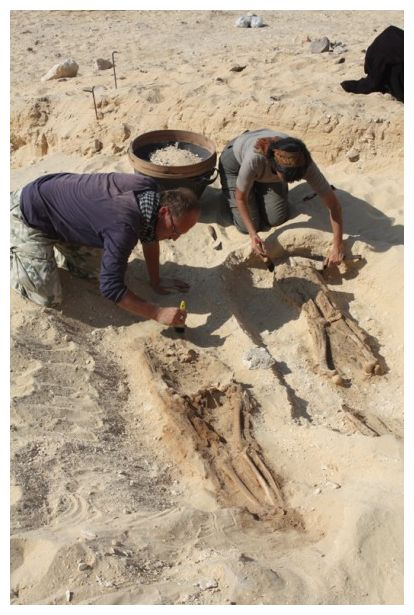
An analysis of more than 150 skeletons from a 3,300-year-old cemetery at the ancient Egyptian city of Amarna reveals fractures, wear and tear from heavy lifting, and rampant malnutrition amongst the city's commoners.
The discovery, detailed in the March issue of the journal Antiquity, could shed light on how the non-elites of ancient Egyptian society lived.
Overnight city
For a brief, 17-year period, the center of Egypt was Amarna, a small city on the banks of the Nile, about 218 miles (350 kilometers) south of Cairo.
The pharaoh Akhenaten relocated his capital city to Amarna to build a pure, uncontaminated cult of worship dedicated to the sun god Aten.
In a few years, temples, court buildings and housing complexes sprung up. At one time, 20,000 to 30,000 court officials, soldiers, builders and servants lived in the city.
But after Akhenaten's death, the next pharaoh, Tutankhamun , promptly rolled up the experiment. The city, which lacked good agricultural land, was soon abandoned.
Because the Egyptians occupied Amarna for such a short time, the city provides archaeologists with an unprecedented insight into what people's lives looked like at a specific moment in history, said study co-author Anna Stevens, an archaeologist at the University of Cambridge.
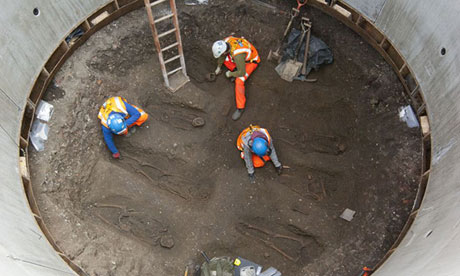


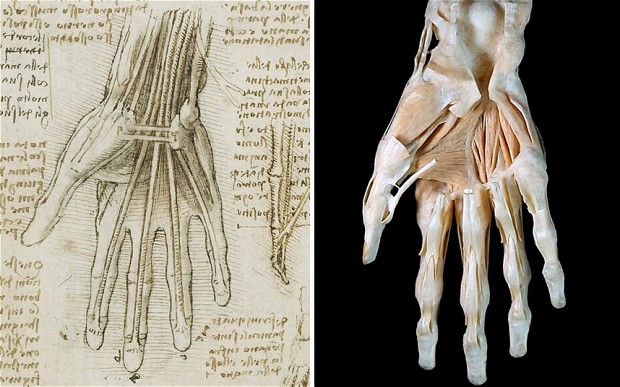
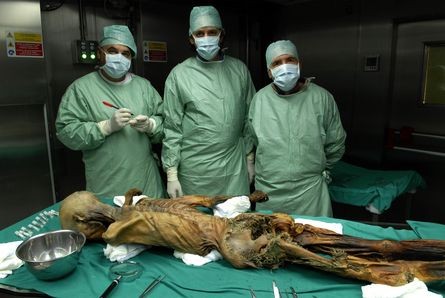
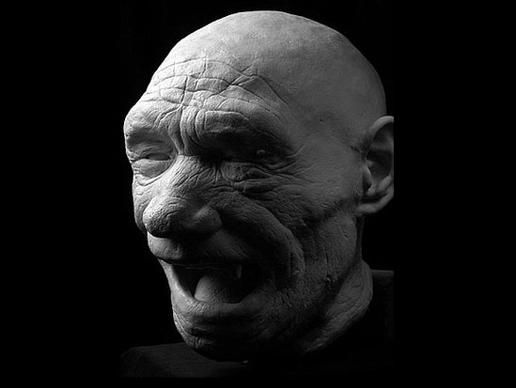
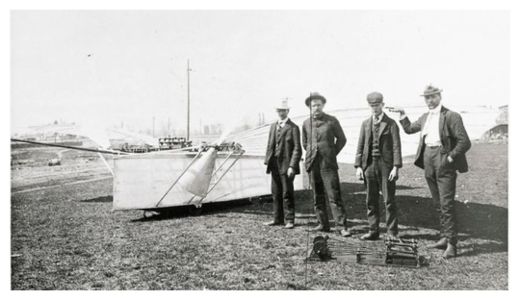
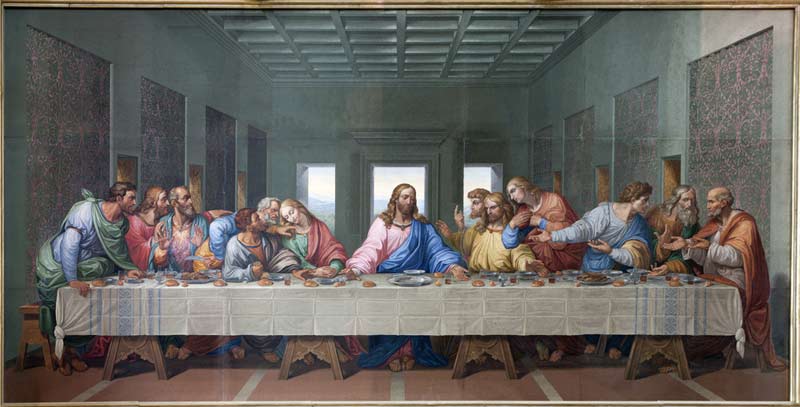



Comment: To find out more about the real cause of 'the Black Death', the following article and books Comets and the Horns of Moses are must-reads:
New Light on the Black Death: The Viral and Cosmic Connection
Celestial Intentions: Comets and the Horns of Moses
The Apocalypse: Comets, Asteroids and Cyclical Catastrophes